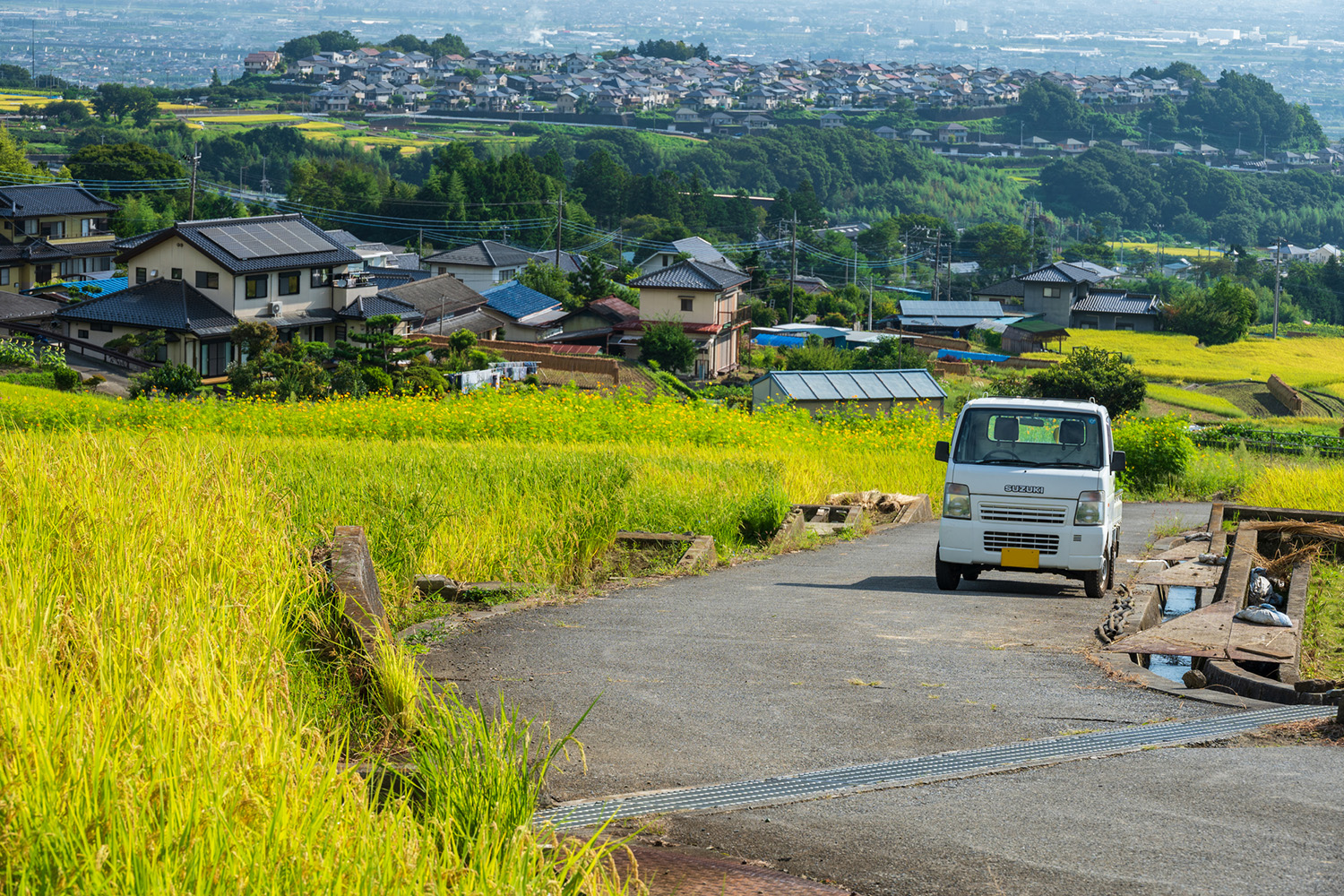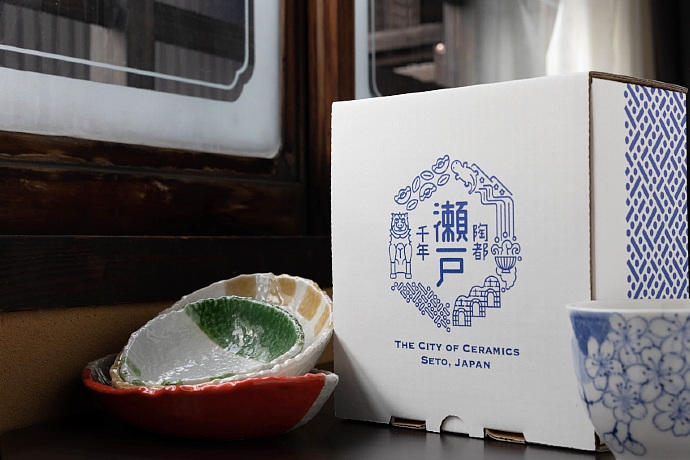Japan’s tiniest cars show how smart design can make daily life easier while pointing to a cleaner, more sustainable future.
When you think of Japanese cars, you might picture legendary sports models or perhaps futuristic hybrids. But in Japan, some of the most beloved vehicles are actually the smallest. Known as kei (“lightweight”) cars, they are tiny, boxy, and full of character. They keep daily life moving, from quick errands to countryside deliveries, and they’re easier on the wallet thanks to lower taxes, insurance, and fuel costs.











































































